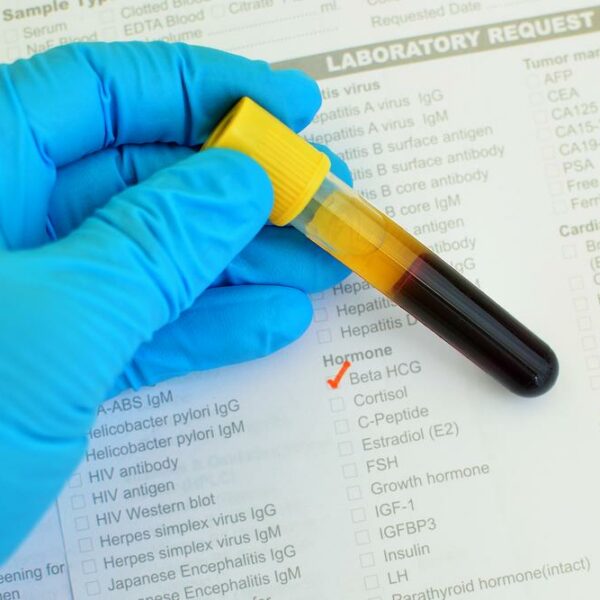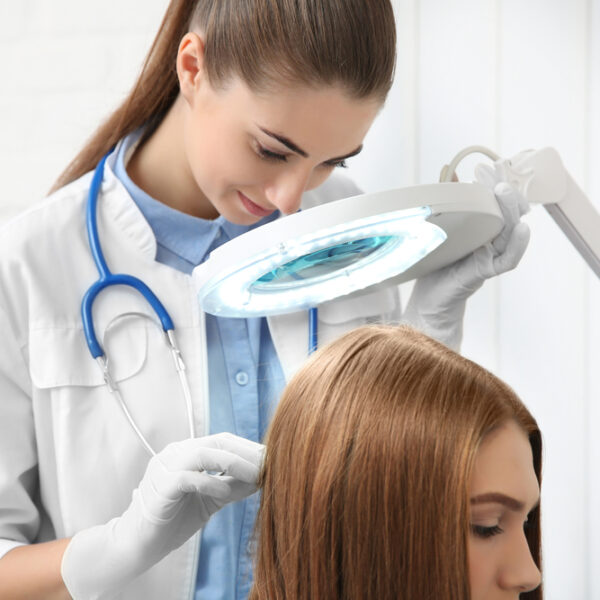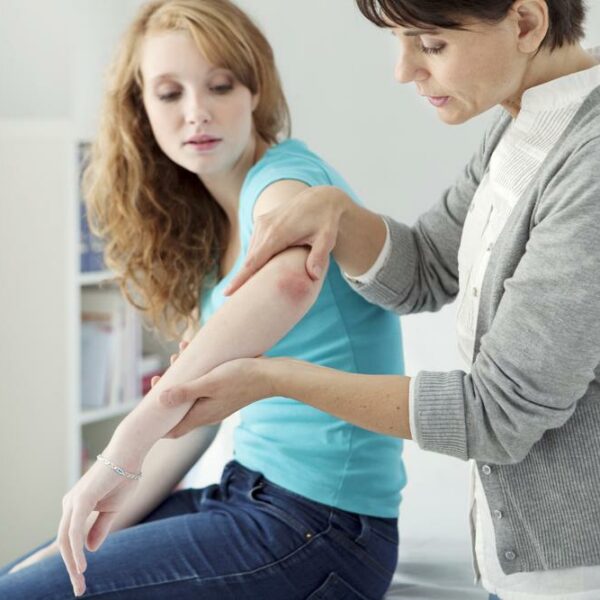
Different Immunotherapy Types to Fight Cancer
Immunotherapy, or biologic therapy, utilizes substances, either made in a lab or naturally made by the body, to boost the body’s natural defences and fight cancer. Immunotherapy is meant to optimize immune system function so that the body is strong enough to do the following: Strengthen the immune system enough to eradicate existing cancer cells. Cease or stall cancer cell growth altogether. Prevent cancer from spreading to other areas of the body. Immunotherapy comes in four distinctly different types: Non-specific immunotherapies Non-specific immunotherapies-—such as interleukins and interferons—encourage the immune system kill cancer cells in collaboration with other cancer treatments (i.e., radiation, chemo) or on their own. Interleukins are typically used for melanoma (skin cancer) and kidney cancer. While interferons are the more common type to treat all other cancers. T-cell therapy T-cells exist in our immune system cells to fight infection. However, chimeric antigen receptor (CAR) T-cell therapy removes T-cells are from a cancer patient’s blood, alters them in a lab so they contain specific proteins known as receptors so they can seek out and kill cancer cells. The changed T cells are grown in large numbers in the laboratory and returned to the patient’s body. Once there, they seek out and destroy cancer cells.









